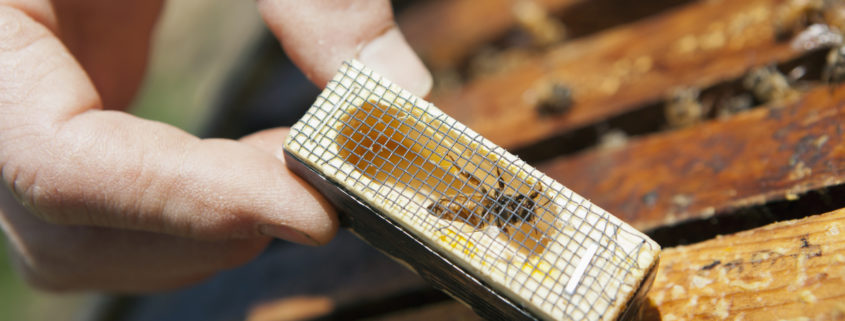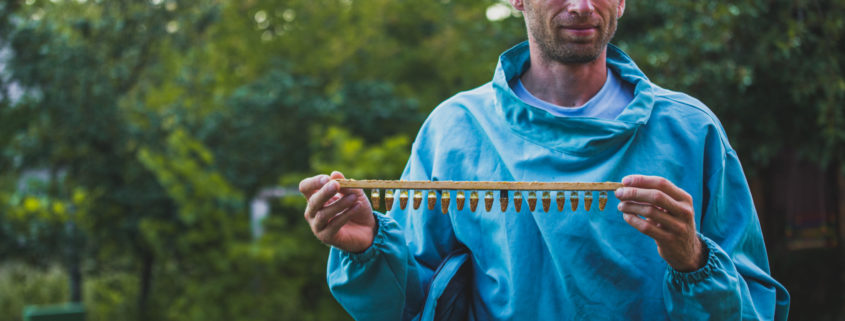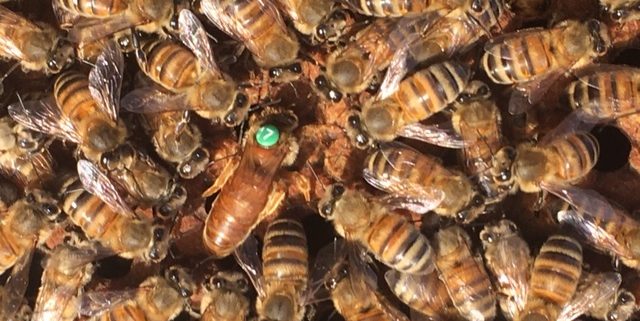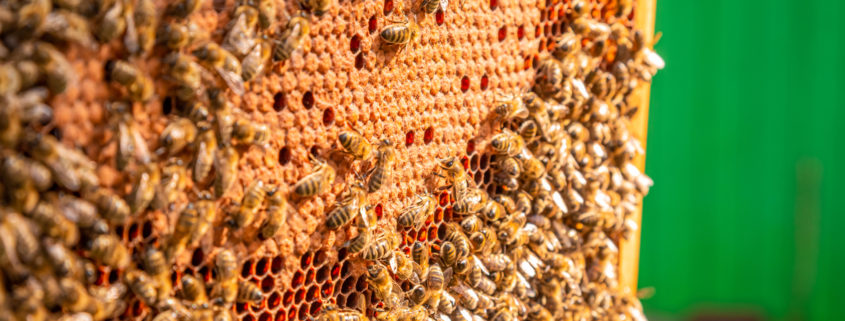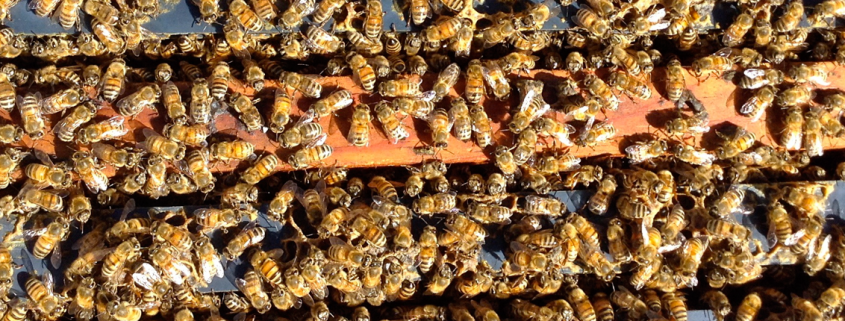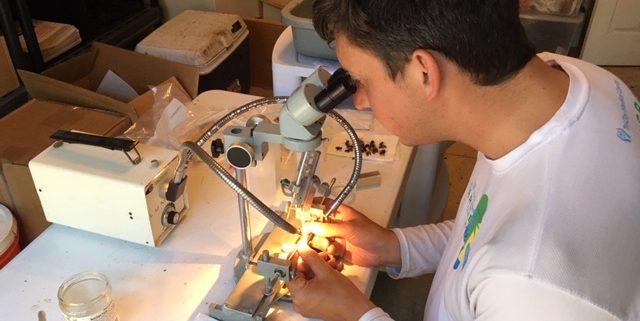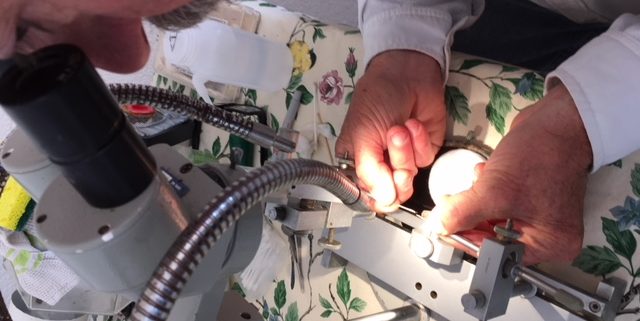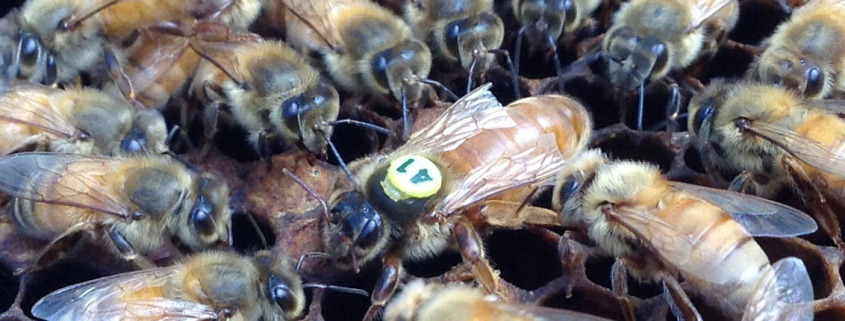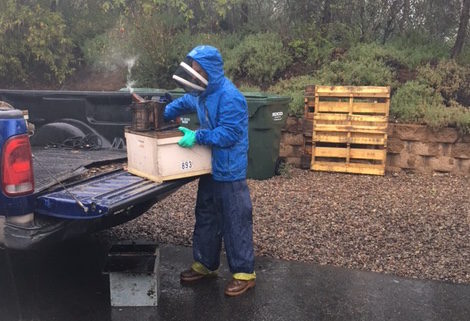Why Do Beekeepers Need to Purchase Queen Bees?
While each of the honeybees in a hive plays their own role, the queen bee is unique in that she influences the behavior and performance of an individual colony in a way that no other single bee can. She is the genetic backbone of the colony—and all the bees, as her offspring, carry her genetic signature.
As a result, beekeepers know that they can control the performance of a colony to a significant extent simply by managing the quality of the queen bee in the hive. There are two pieces to assessing a queen’s quality: the performance of her offspring, and of course, her own performance. Both are vital.*
For assessing a queen’s offspring’s performance, a beekeeper commonly considers the following:
- Disease Resistance: Is the colony robust and able to withstand diseases such as American foulbrood?
- Temperament: Are the bees gentle and easy to work with?
- Honey Production: In conditions of good nectar flow, are the bees making a considerable amount of honey?
- Honey Consumption: Does the colony save its stores or consume large amounts of honey, requiring extra supplemental feeding?
- Population Control: Does the colony have the desired population at the right time of year?
- Mite Resistance: Does the queen carry the VSH trait to control the spread of parasitic mites?
- Swarming Tendency: Does the colony seem to want to swarm more than normal?
- Overwintering Success: Does the colony appear very weak in the spring?
In assessing a queen’s own performance, the beekeeper also considers the queen herself:
- Laying Performance: Is the queen laying enough eggs and in a tight brood pattern?
- Quantity of Drones: Is the queen laying more drones than worker eggs?
- Health: Is the queen injured?
- Age: Is she young and vigorous, or aging and on the way out?
- Presence: Is she even in the hive, or did she perish somewhere along the way?
So, why do beekeepers need to purchase queen bees? The first reason is to manage the genetics of the offspring. The second is to manage the performance of the queen herself.
The third, and perhaps most common reason for purchasing a queen bee, is to enable the beekeeper to easily divide or split an existing colony. All new colonies need queens. The easiest, most reliable, and most surefire way for a beekeeper to obtain a quality queen of known genetics is to purchase that queen from a reputable queen breeder.
*With an instrumentally inseminated breeder queen, the queen’s own performance is more important than the offspring’s because the genetics in the offspring are already largely predetermined due to the selection of the parents.

